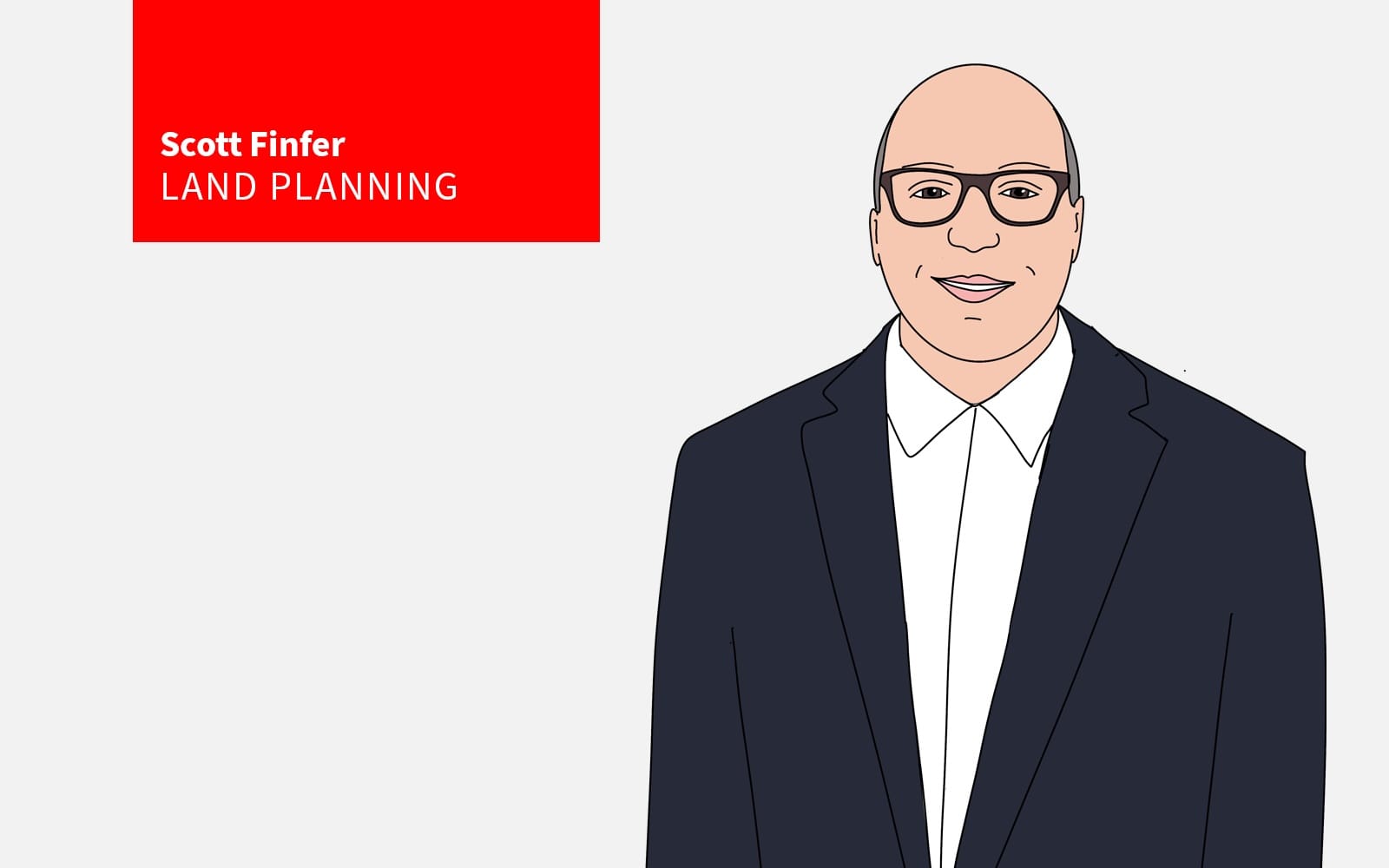Land
Texas Land, Texas Spirit: A Wake-up Call For Better Neighborhoods
Scott Finfer calls for a reinvention of how communities are built—away from formulaic lot counts and toward ecosystems rooted in landscape, design, and daily experience. His essay challenges developers to deliver neighborhoods that endure and reflect the best of the Texas spirit.

As I get ready to launch a new brand, I have been giving a lot of thought to what I should focus on.
The core mission of a developer is to demonstrate that lasting profits arise not from cutting corners, but from crafting neighborhoods where quality endures and enhances value long after the final sale.
By prioritizing enduring design, vibrant landscapes, and community-centered amenities, each project becomes a foundation for future well-being. Ensuring that when our stewardship ends, what remains is a thriving place that continues to enrich lives and generate opportunity for generations to come.
We must be better because we can. Myself included.
The story of Texas development is a story of reinvention and a challenge to rethink what neighborhoods can and should be. For generations, land development often meant following a well-traveled formula: grind out identical lots, chase the lowest build costs, and let price per square foot drive every decision.
In this world, success was measured in volume and speed, trapping many in a zero-sum pursuit of ever-lower margins.
Rethinking Value in Texas Communities
Yet the land itself, with its streams and rolling hills, reminds us that there’s more than one way to build — years spent competing as the lowest-cost producer revealed a different truth. Meaningful places endure not just because they’re cheap or fast, but because they’re designed for lasting worth and belonging. Each challenge, each project that falls short, becomes a lesson about how to do better: less focus on price, more on quality and connection.
In Texas today, the time has come for developers and for all those shaping new communities to demand more. To seek out approaches that prioritize the landscape’s natural beauty, foster diverse neighborhoods, and elevate both design and experience.
Designing for Community, Not Just Density
One path forward involves reimagining neighborhood design from the ground up. Instead of imposing strict grids and maximizing lot count, developers can let the land guide the layout.
Communities organically woven through century-old oaks, around spring-fed creeks, and overlooking native meadows create value no spreadsheet can capture. Parks that flow through neighborhoods, with limestone-bottomed lakes and miles of trails, become labor-saving assets and gathering places.
Lots can serve a broad spectrum, not just in size, but in the kind of life they promote. Larger lots at the edge of green spaces allow for custom homes and privacy. Mid-size and compact lots, especially when thoughtfully arranged with ample side yards or rear-loaded designs, support vibrant streetscapes and walkable connections. When new homes avoid turning their backs on major roads and instead engage with alleys and inviting frontages, the first impression is one of welcome, not walling off.
A Market Gap: Quality Over Quantity
The Texas housing market, much like other industries, often bifurcates into either mass-market or ultra-premium corners. Historically, there has been little room for middle-ground innovation, much like the vacuum cleaner brands of old left a gap between the affordable and the exclusively expensive. Then came alternatives that balanced attainable quality with design: not the lowest price, not the priciest, but something richer. Dyson.
Applied to real estate, this means creating neighborhoods that are neither generic nor unaffordable. Transparent pricing, flexible purchase options, and contracts that accommodate both large and small builders can encourage thoughtful construction over speculation. Structures encouraging modest deposits and longer build windows allow homebuilders to plan with care, not just speed.
Building More than Homes: Ecosystem Mindset
What if development were less about lots and more about creating ecosystems? The best new communities in Texas don’t just manage to squeeze in homes; they maximize the daily experience of residents and neighbors alike.
- Parks, trails, and preserved landscapes become part of daily life, not extras.
- Community-focused amenities, such as local health clinics, give residents peace of mind by ensuring essential services are accessible.
- Partnerships with municipalities—donating land for new fire stations, for example—contribute to public safety, resilience, and sense of place.
- Building community means finding ways for people to gather: events, clubs, or shared spaces rooted in local identity and values.
Shaping the Next Chapter for Texas
Texas is primed for a new kind of development model—one where design, purpose, and neighborliness matter as much as the spreadsheet. By elevating quality, putting landscape and people at the center, and fostering transparent and flexible relationships among landowners, builders, and residents, developers can craft neighborhoods that reflect the best of the Texas spirit.
In the end, the legacy left behind won’t be measured in lots sold, but in places that endure, communities that thrive, and land that welcomes and inspires all who call it home.
MORE IN Land
BTI’s Long-Game: Big Land Bets Amid Homebuilder Tactics Shifts
CIO Justin Onorato explains why developer BTI sees resilience in Florida, Texas, and Colorado markets, and how population dynamics shape its long-view strategy.
Land Risk Is Rising. So Is Homebuilder Blindness To It.
As homebuilders face volatile demand, rising input costs, and tighter capital controls, the risks of land missteps grow. Acres.com CEO Carter Malloy makes the case for a new class of competitive land intel—built to give builders visibility into what’s really happening before it’s too late.
Faster Lots, Lower Costs, Fewer Mistakes: Elevating Site Intel
Margins are under pressure, and inefficiency is expensive. We explore how builders are using tech like TraceAir to speed up site work, eliminate rework, and stay on budget — even when everything else feels uncertain.
